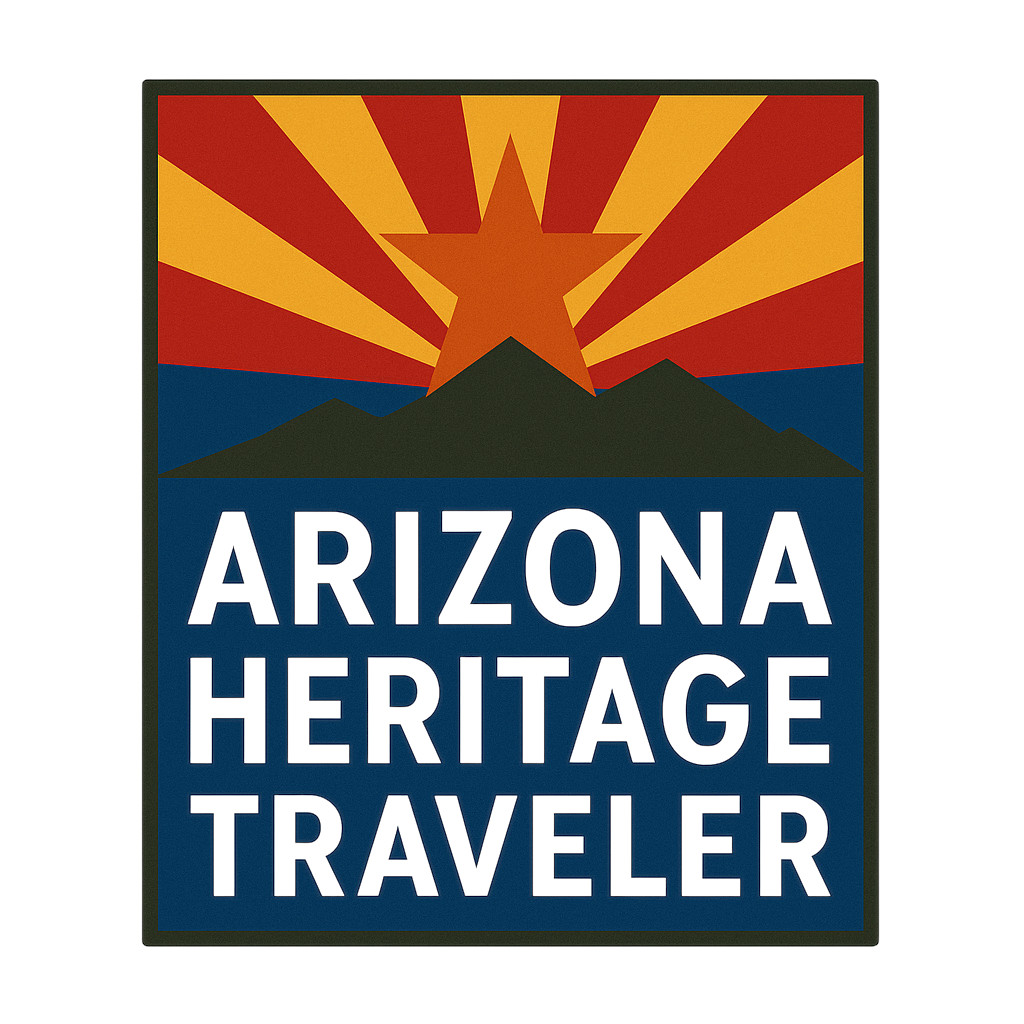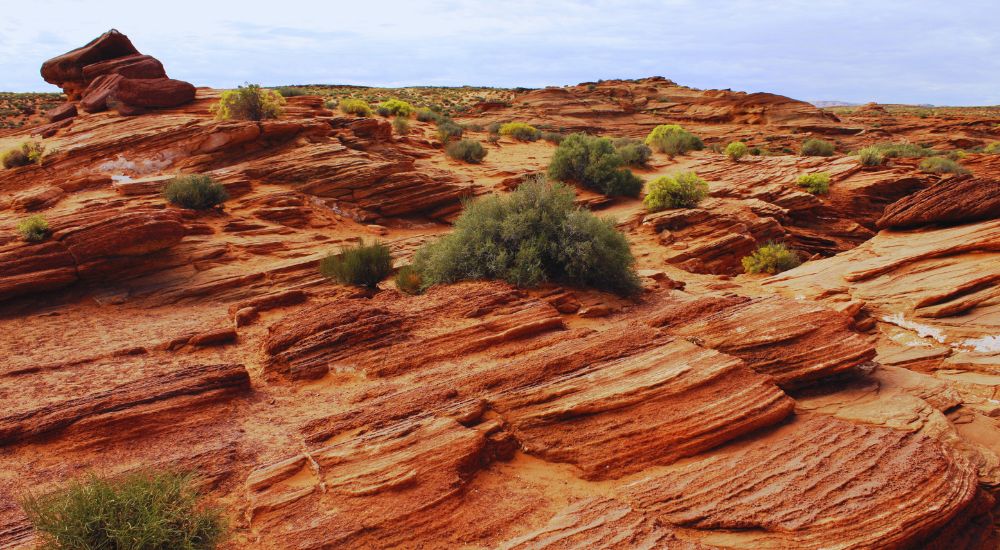The Mojave Desert in Arizona is a remarkable and lesser-known region that offers stunning desert landscapes, rare wildlife, and unique geological formations. Spanning parts of northwestern Arizona, this desert is part of a larger ecosystem that also stretches into California, Nevada, and Utah. While the California portion gets much attention, Arizona’s share of the Mojave offers equally captivating sights without the crowds. Whether you’re a nature enthusiast, hiker, or road tripper, the Mojave Desert Arizona is a destination worth exploring.
An Overview of the Mojave Desert
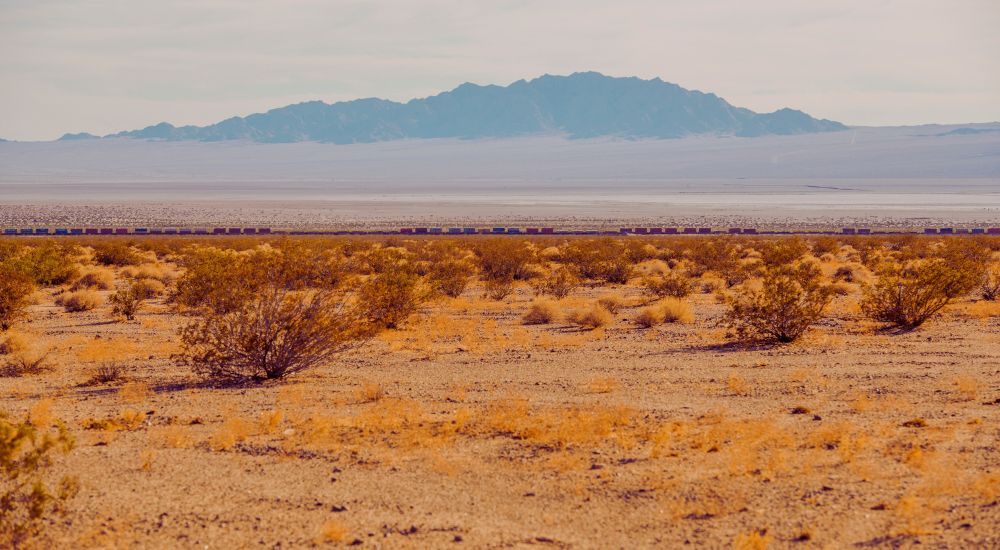
The Mojave Desert is known for its arid climate, dramatic rock formations, and diverse flora and fauna. Unlike the neighboring Sonoran Desert, the Mojave is home to the iconic Joshua Tree, which stands as a symbol of this region. The elevation ranges from about 3,000 to 6,000 feet, making it cooler than other desert environments during summer months.
This desert receives only about 5 inches of rain annually, but it supports a wide range of species that have adapted to its harsh conditions. Visitors can expect to see creosote bushes, cacti, and perhaps the occasional desert tortoise or bighorn sheep.
Things to Do in the Mojave Desert Arizona
One of the best ways to experience the Mojave Desert is by exploring its scenic trails and protected areas. In Arizona, some of the best access points include:
- Lake Mead National Recreation Area – This area straddles the Arizona-Nevada border and offers camping, hiking, and boating opportunities. It’s a great base for exploring nearby desert terrain.
- Black Mountains – Located in Mohave County, these mountains provide excellent hiking and photography spots.
- Hualapai Mountains – Situated near Kingman, this area blends desert landscapes with pine forests due to its higher elevation.
Whether you’re into hiking, photography, or simply sightseeing, there’s plenty to discover.
The Flora and Fauna of the Mojave Desert
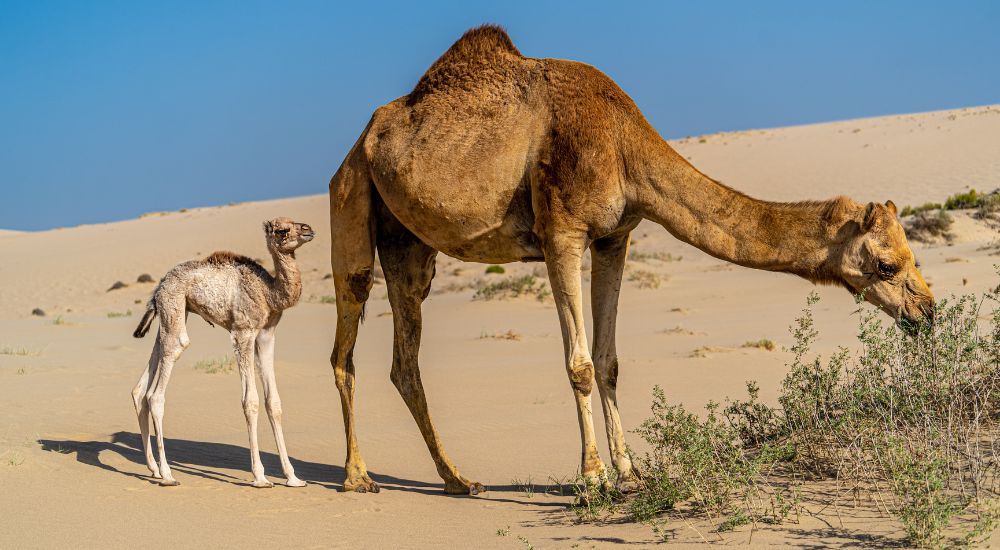
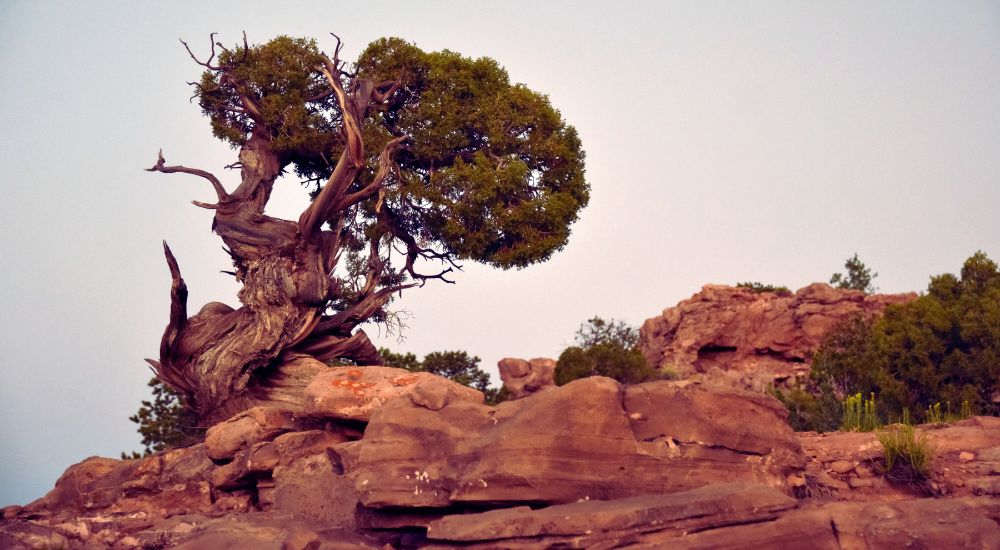
Despite its dry conditions, the Mojave Desert teems with life. The standout flora is undoubtedly the Joshua Tree, but visitors will also find Mojave yucca, cholla cactus, and desert marigold blooming seasonally.
Wildlife is equally fascinating. Coyotes, jackrabbits, rattlesnakes, and roadrunners are commonly spotted. If you’re lucky, you may even witness the rare desert tortoise slowly making its way across the sands.
Cultural and Historical Significance
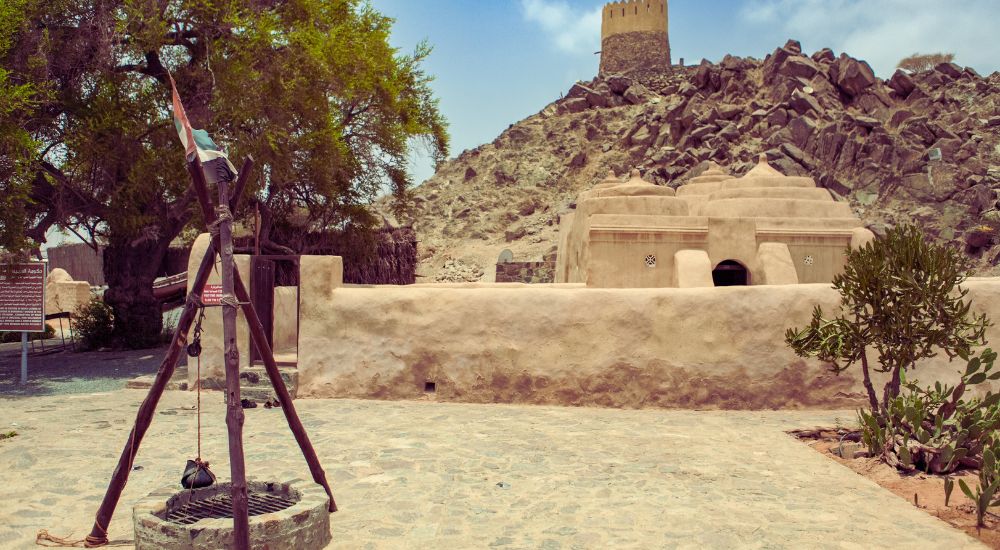
The Mojave Desert has long been home to Indigenous peoples, including the Mojave and Hualapai tribes. Their cultural footprints remain in the form of petroglyphs, historic trade routes, and sacred landscapes.
For history buffs, Kingman, Arizona, located on historic Route 66, offers easy access to the Mojave region and hosts several museums and historical attractions. To learn more about the region’s Native American heritage, consider visiting Arizona’s official tribal tourism guide.
Best Time to Visit the Mojave Desert

Timing your visit can make a big difference. While summer temperatures can soar above 100°F, fall, winter, and early spring offer cooler weather ideal for outdoor activities. The best months to explore are October through April.
What to Pack:
- Water and electrolyte drinks
- Sunscreen and sunglasses
- Lightweight clothing and layers
- Hiking boots or sturdy shoes
- A GPS or map cell service can be unreliable
Sustainable Desert Exploration Tips

Preserving the Mojave Desert’s unique environment is essential. Follow these responsible travel practices:
- Stay on marked trails to protect fragile soil and plants.
- Pack out all trash and leave no trace.
- Avoid disturbing wildlife observe from a distance.
- Use refillable water bottles and reduce plastic waste.
Check out our post on Arizona National Scenic Trail for more sustainable travel inspiration.
Where to Stay and How to Get There

Accommodations near the Mojave Desert in Arizona range from rustic campgrounds to motels and RV parks in Kingman and Bullhead City. For a more immersive experience, consider camping within Lake Mead National Recreation Area.
Getting There:
- From Phoenix: Take I-10 west to US-93 north toward Kingman (approx. 3.5 hours)
- From Las Vegas: Take US-93 south (approx. 2 hours)
Final Thoughts
The Mojave Desert Arizona offers a perfect mix of natural beauty, cultural history, and peaceful solitude. From the rugged Joshua Trees to the panoramic desert vistas, every mile tells a story. Whether you’re looking for outdoor adventures, photographic inspiration, or a quiet escape into nature, the Mojave Desert has something special to offer.
Plan your journey today and uncover one of Arizona’s hidden gems.
For more desert destinations, explore our guide on The Great Basin Desert.
